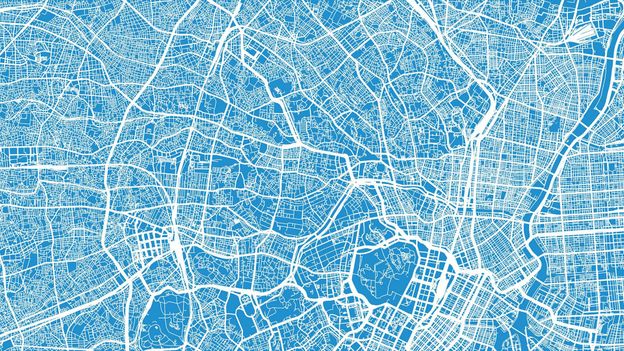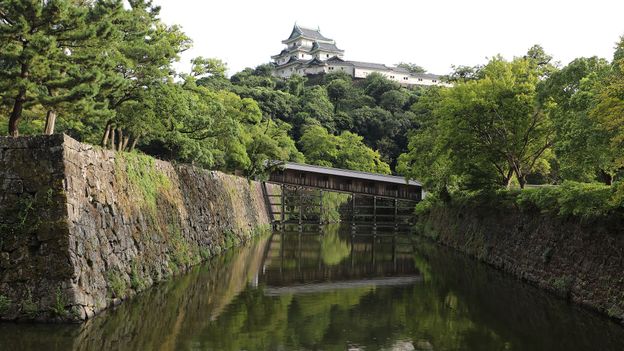They suggest that “when the war ended, Tokyo’s municipal government, bankrupt and in crisis mode, was in no condition to launch a citywide reconstruction effort. So, without ever stating it explicitly, it nevertheless made one thing clear: the citizens would rebuild the city. Government would provide the infrastructure, but beyond that the residents would be free to build what they needed on the footprint of the city that once was, neighbourhood by neighbourhood.” Echanove and Srivastava say that Tokyoites drew on vernacular knowledge of construction, and gradually in the post-war years, “local masons, labourers and in some cases the residents themselves rebuilt entire neighbourhoods, one house at a time” – building up a largely unplanned, organically grown Tokyo that is today counted among the world’s most liveable cities.
It is not only catastrophic events like earthquakes and war-time devastation that have transformed the city so profoundly.
‘An ugly sprawl’
The Japanese government’s repeated changes to the planning system and the building regulations gradually allowed for ever higher buildings and the scarcity of land together with unparalleled urban growth led to a rising demand for further residences and offices. During a single decade, between 1950 and 1960, the population of Greater Tokyo swelled by nearly five million inhabitants to 22.6 million and in Tokyo’s 23 wards by nearly three million, to 8.3 million inhabitants. The construction of large, non-wooden buildings increased by 770% between 1953 and 1960 and gradually smaller buildings were replaced by bigger and more profitable ones.












